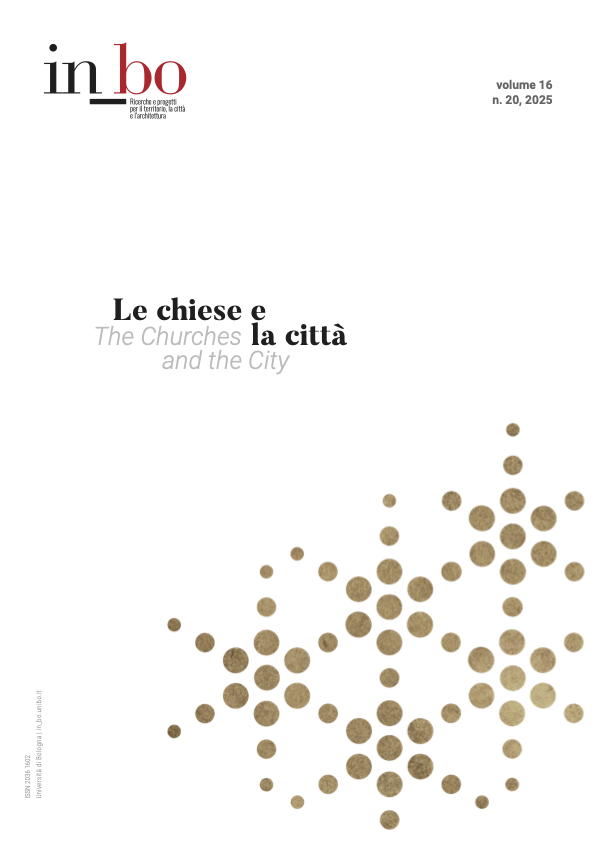Religious Archaeology. New Community Spaces
DOI:
https://doi.org/10.60923/issn.2036-1602/19376Keywords:
religious archaeology, abandoned churches, urban regeneration, sense of belonging, equitable societiesAbstract
Socio-cultural and economic shifts in contemporary cities often result in abandoned and decaying areas — former factories, residential quarters, vacant buildings — now classified as “industrial archaeology.” When communities actively engage in their regeneration, these sites can catalyze urban renewal. However, religious archaeology poses distinct challenges: disused churches, convents, and chapels provoke cultural tensions and host static, formal liturgies, while newly-built sacred boxes remain underused and marginal. It is thus essential to reconceive the sacred place as “sanctified space,” relocating it into multifunctional urban hubs: shopping centers, sports facilities, transport nodes, and parks, to foster interfaith cohesion and shared use. The choice transcends demolition versus mere adaptive reuse, advocating instead the diffusion of sober, accessible sanctuaries that accommodate diverse beliefs and integrate into the city’s dynamic fabric. These identity-rich areas should be preserved as seeds of sociocultural renewal, with particular attention to the challenges posed by potential political and religious tensions.
Downloads
Published
How to Cite
Issue
Section
License
Copyright (c) 2025 Andrea Marcuccetti

This work is licensed under a Creative Commons Attribution-NonCommercial 4.0 International License.





